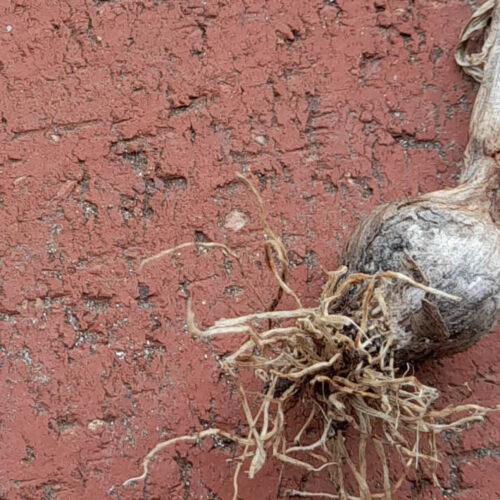Warming winter salads
2013-05-05T09:08:17+10:00
Radishes and lettuces: there is nothing better for a fresh salad.
Why is it that salads are viewed by most people as something you eat solely during the warm months of the year? Is it because we’re more likely to dine outdoors when its hot, cooking on the barbeque and eating something green and leafy as a side dish? Maybe it’s purely a cultural tradition. Whatever the reason, it certainly has little to do with the availability of ingredients.
The truth is that if you were to assess the sustainability of eating green salads in different seasons, summer would fare poorly. The reason is simple. It’s the most difficult time of the year to grow leaf vegies, especially the salad mainstay, lettuce. When the first spell of December heat hits, lettuces have a tendency to bolt to seed quicker than the Colt from Old Regret in hot conditions, spoiling their texture and flavour. Other leafy green fare little better, and the produce that line supermarket shelves at this time of year is probably grown hydroponically in a greenhouse, or shipped from cool temperate growing regions.
By contrast, the months of April to October offer ideal growing conditions in all but hottest, and coldest parts of the country. in the tropics, shade will still be required to produce a decent salad crop, while in Tassie and the elevated mainland districts, drainage and severe frost can be killers. In the rest of the country, however, conditions are just about perfect for growing crisp, sweet, delicious leaves.
The thing is, I want more than just leaves in my cool season salads. I also want a bit of warmth. The way I usually achieve this is by cooking up some meat – something like speck or smoked knackwurst sausage is nice – along with some toasted nuts and a few croutons cut from half-stale sourdough and fried in olive oil. But I also like some spice in my salad ingredients.
This is where peppery greens like rocket and mustard, and root vegies like radishes, come in handy. The latter is a complete doddle to grow during the cool months. Sow seed into reasonably fertile soil, keep them just moist, and the plants will be ready to harvest within a month to six weeks. The peppery warmth of sliced radish is perfect in a winter salad, and teams beautifully with a creamy goat’s feta. You can also roast the roots whole, and don’t forget that radish leaves are edible. Why not throw a few of them in the mix as well.






